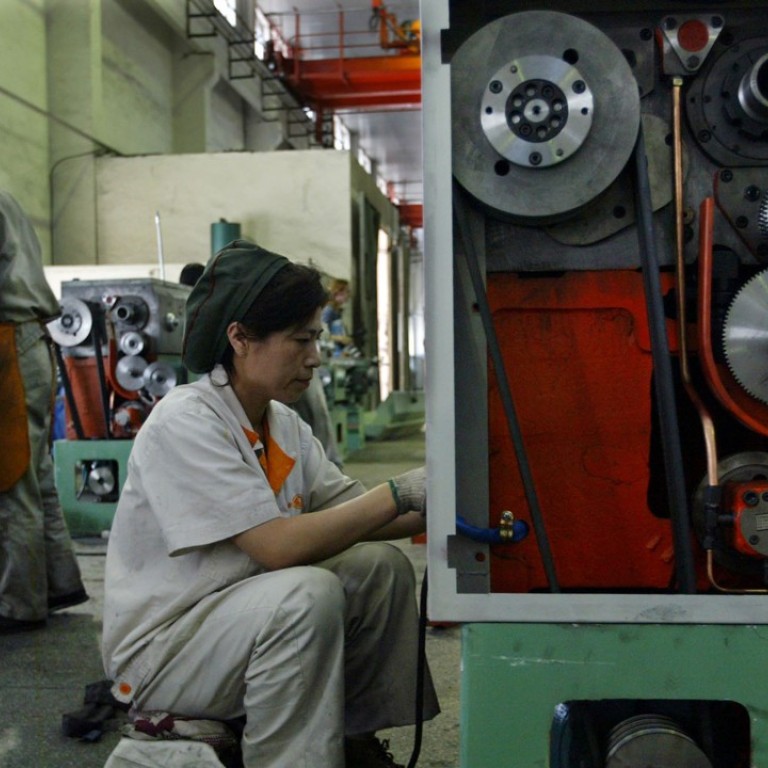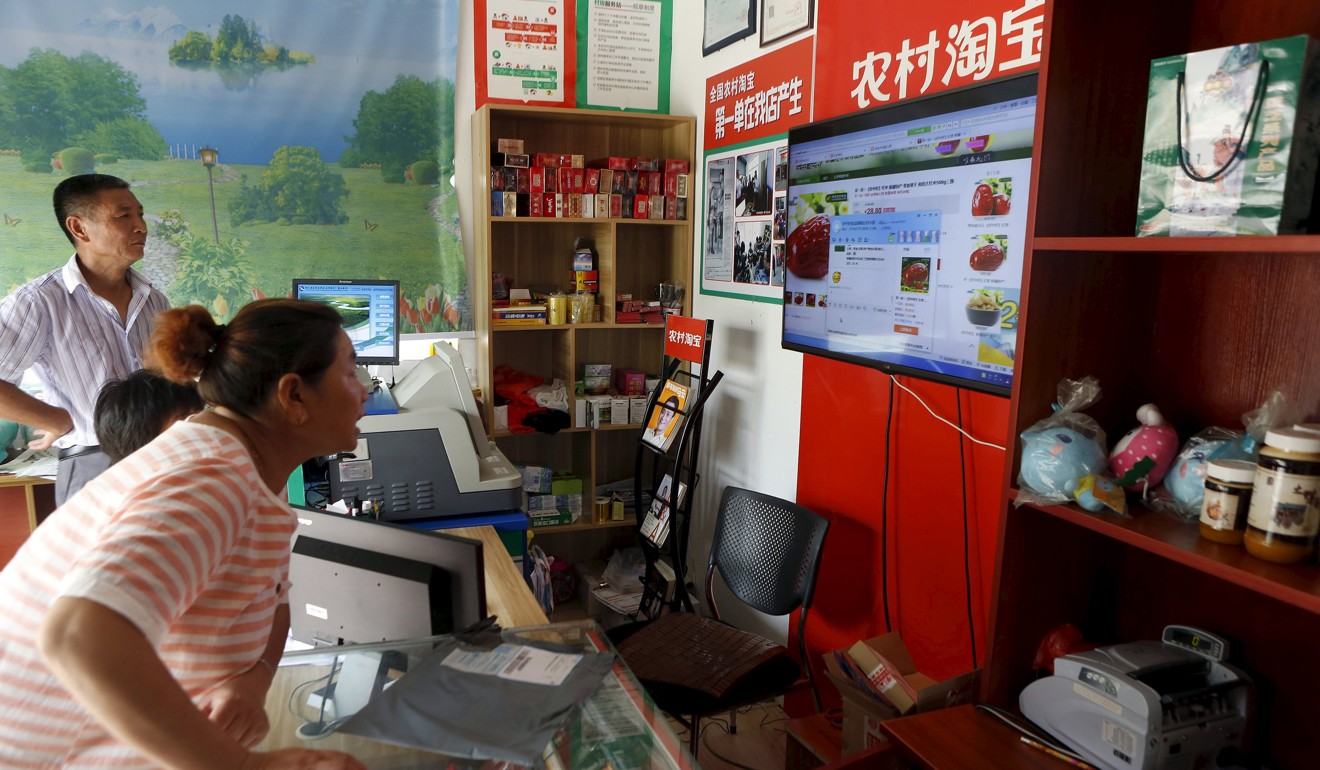
JD.com to invest 20bn yuan to help revive China’s rust belt
Smaller cities and rural areas, home to half of China’s population, represent huge untapped potential for e-commerce companies like JD.com and Alibaba
Dominated by heavy industries such as machinery and mining that are long past their prime growth rates, China’s ailing northeast region has been struggling to revive itself amid a local economy saddled with debt and inefficient plants.
Now China’s e-commerce major JD.com has unveiled a plan to bring new life to the rust belt by assigning its drones to the region to help in modernising farm management and using internet technologies to inject momentum into the economy.
Nasdaq-listed JD.com said it plans to invest more than 20 billion yuan (US$3.11 billion) in northeast China, encompassing the provinces of Heilongjiang, Jilin and Liaoning, over the next three years to help the region “upgrade its industries, create jobs, inject innovation and upgrade retail services”.
“The economies of the three provinces do face certain challenges … but without them we wouldn’t have enjoyed the perks brought about by industrialisation in the first place. Now they have difficulties, we should all give them a hand,” Liu Qiangdong, founder and chairman of Beijing-based JD.com said in a post on Weibo, the Chinese version of Twitter, on Wednesday.
JD.com’s investment plan is in line with the national strategy of revitalising northeast China, which includes using the internet to boost efficiency of traditional industries, promoting e-commerce, bolstering supply chain reforms to better meet consumer demands, and introducing modern agriculture to the region. Beijing has been putting forward plans to revive the country’s northeast since 2003, showering the region with subsidies and investments, but little progress has been made in restarting growth.
The investment plan marks JD.com’s latest move to further expand its footprint in under developed areas in China as the growth rate of online consumption in well developed urban areas in China slows. China’s smaller cities and rural areas, home to half of the country’s population, represent a huge untapped potential for e-commerce companies like JD.com and its biggest rival Alibaba Group Holding.
Alibaba first introduced its rural Taobao strategy in 2014, setting up service centres in villages and counties across China to support its e-commerce business, training locals to provide delivery and support services, while JD was also rapidly expanding its service centre workforce in rural areas.
“To compete with Alibaba in smaller cities, JD.com need to set up more warehouses and further expand its logistic network as one of its strongest advantages is fast delivery service, which is still hard to achieve in underdeveloped regions in China,” said Lu Zhenwang, chief executive at Shanghai-based Wanqing Consultancy.

JD.com’s partnership with the Jilin government focuses on modern logistics, innovation, medical care and finance. It will also help promote and sell locally-made products and farm produce online.
In Liaoning, JD.com said it will develop a second e-commerce operation centre over the next three years, which is expected to create 9,000 jobs.
The three provinces have underperformed the national economy for years and bore the brunt of job cuts under state owned enterprise (SOE) reforms under Premier Zhu Rongji in the 1990s.
According to official data, Liaoning was the worst performer in China with its GDP grew by 2.1 per cent in the first half of 2017, compared with the national rate of 6.9 per cent.
Heilongjiang was China’s third-worst performer, with growth of 6.3 per cent, while Jilin saw a 6.5 per cent expansion over the period.
Alibaba owns the South China Morning Post.

